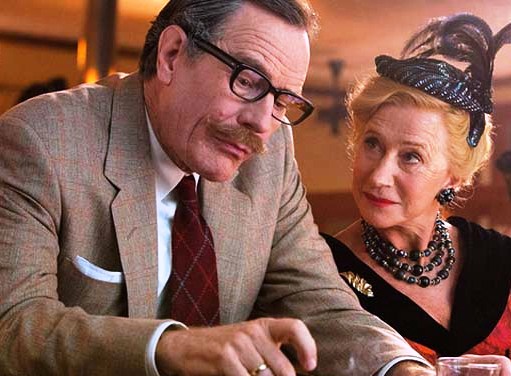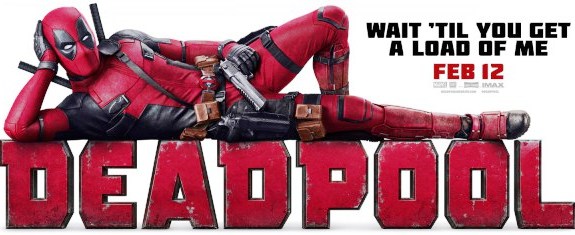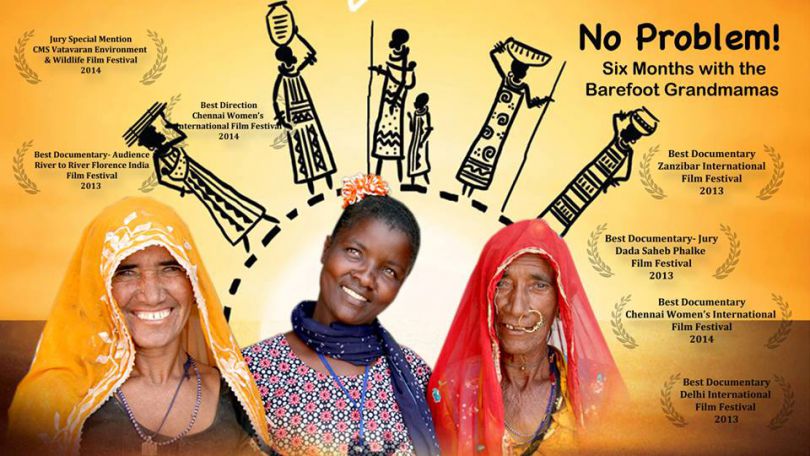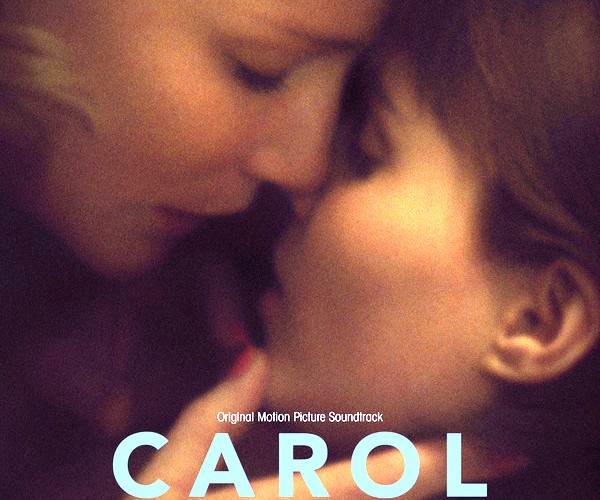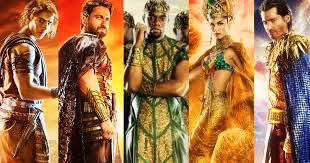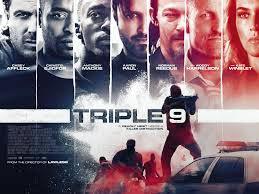
MIFF 2016: FD’s North-East outreach
Films Division (FD) has initiated an outreach programme to inculcate the fine art of film-making in the far-flung areas of India’s North-East. Six young, first-time film-makers were taught the intricacies of the craft at a prolonged mentoring effort. It was literally ‘a dream come true’ for Pi Lallianpuii (Deputy Director, Information and Public Relations, Mizoram), Aldrin Losanghina (Mizoram), Anungla (Nagaland), Tiakumzuk Ao (Nagaland), Megotsolie Dolie (Nagaland) and Arup Mazumder (Assam, Director of Photography), as their films managed to make it to MIFF 2016. Beginning in 2014, this is the first phase of a long-term programme. Other N.E. states, like Manipur and Tripura, might be on the FD radar soon. Of these states, only Assam has an organised film industry, but there too, mentor Joshy Joseph chose to go to Silchar, instead of the state capital, Guwahati.
Concerned at the rejection of several pitches from the region by FD, in spite of interesting subjects, due lack of polished presentation, FD staffer-director Joseph, who is familiar with that part of the country, mooted the idea of going to their hometowns and conducting workshops. Over a mere nine days, they had completed a film each: three days to write, three to shoot and three to edit. Since there are virtually no cinemas in Nagaland and Mizoram, the six will never see their films in a local theatre. So, watching them at MIFF, along with the audience, was an unforgettable experience for them, as they told the press on Saturday, 30 January. Also present was Mizoram Film Selection Member, Pu Napoleon.
Tranquility (Lallianpuii) is about car drivers in Aizawl, a ‘crowded’ capital (relatively speaking), who are amazingly patient and tranquil, even when stuck in traffic jams. Sounds of horns are conspicuous by their absence. In a mere three minutes, Lallianpuii provides a capsule of a horn-free city and its polite drivers, with car registration numbers beginning with MZ. Songs of the Marbles (Ao) uses playing marbles as currency among children and a child bully as a symbol of political extortionists. It is made in the organic unity style, cyclically, practically ending where it began.
Birth of a Poem (Mazumder) highlights the plight of a lover waiting to meet his beloved and how his longing gives birth to a romantic poem. Misty Voyage (Losanghina) focuses on the Mizos, who do not venture out after dark, and watch films and, in terms of entertainment, programmes dubbed in Mizo, on TV. Of the other two Nagaland films, one was titled Anungla (in deference to her ideation) and another kept ‘Untitled’. Both are versions of the same story, one that addresses displacement, and unsung heroes. It uses only one Naga folk song, and no dialogue whatsoever.
Lack of regular cinemas in the region also means virtually no censorship, and film-makers can make films of their choice. But they have to depend upon DVD distributors and cable TV operators. Mizos generally do not speak or understand any language other than Mizo, and even Salman Khan’s films are dubbed in the local language. Songs, however, are left intact. In Nagaland, Nagamese is the link language among many tribes, and they do not like dubbed versions. Most people in the state love to watch Korean soap operas and identify a lot with Korean culture. Nagaland too is very fond of Korean content.
Insurgency has almost ended in Mizoram after 1986, but Nagaland continues to face the problem. There is no state help for film-makers in either state, films being low on their priority list. The North East Zone Cultural Centre, set-up in the 80s, still functions, with headquarters in Dimapur (Nagaland). Though they fund cultural activities, and even documentation, cinema is not on their agenda.
Joseph pointed out that the camera, sound and editing were handled by professionals and the equipment was sourced from the nearest big city, Kolkata. Many more such workshops are needed before the outreach can have full impact, but all six of them were of the unanimous view that this was a breakthrough. They were deeply grateful to FD and MIFF. As ‘Puii’ summed it up, “I was so touched when, after the screening of my film, some members of the audience expressed their hope that other cities will follow Aizawl in becoming horn-free.”
















